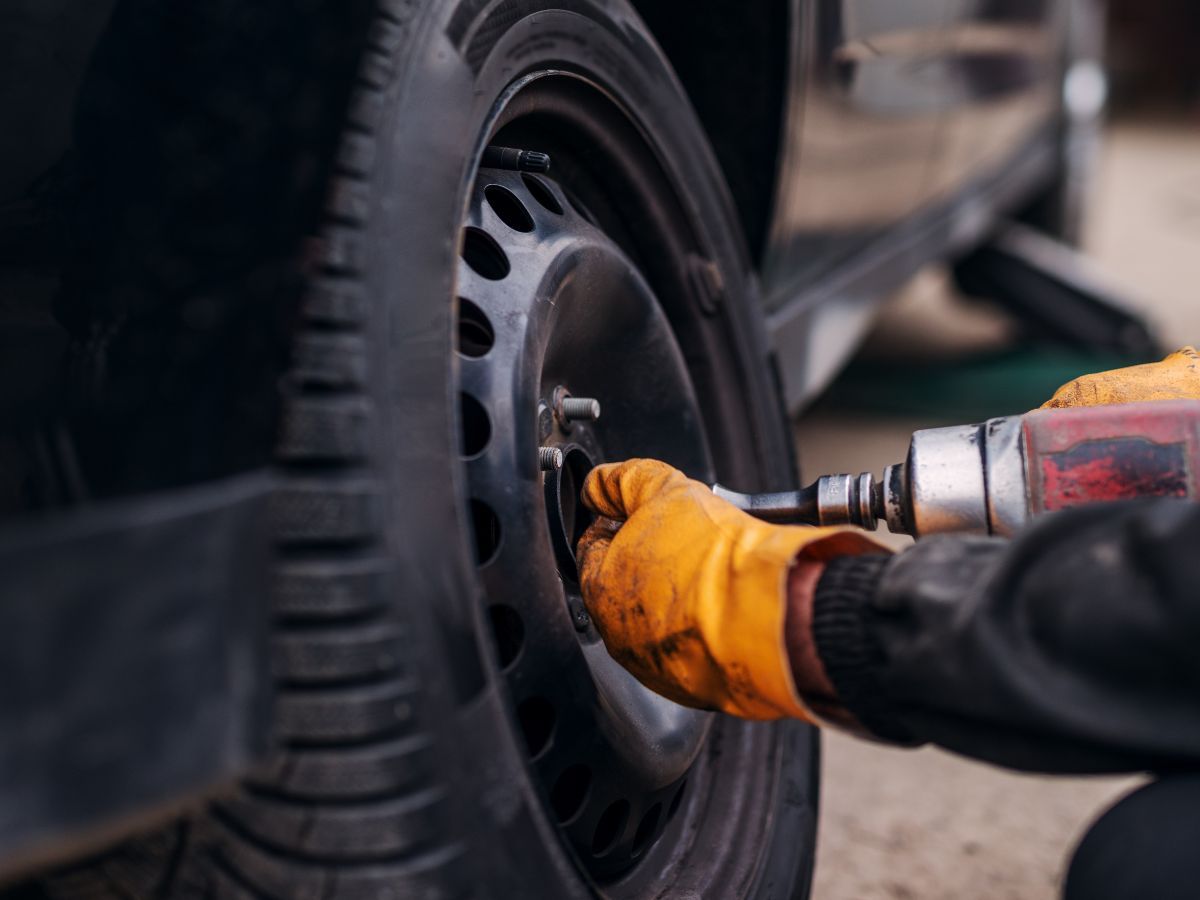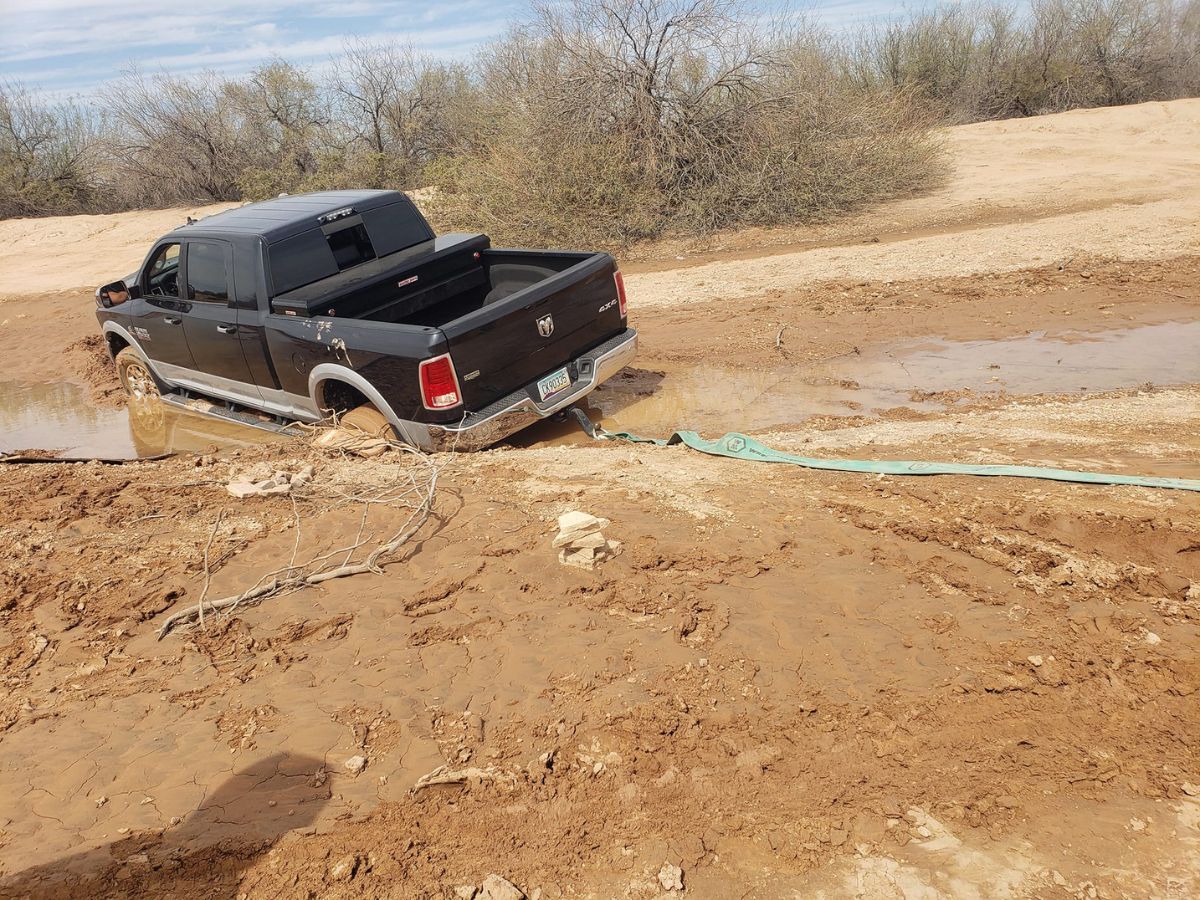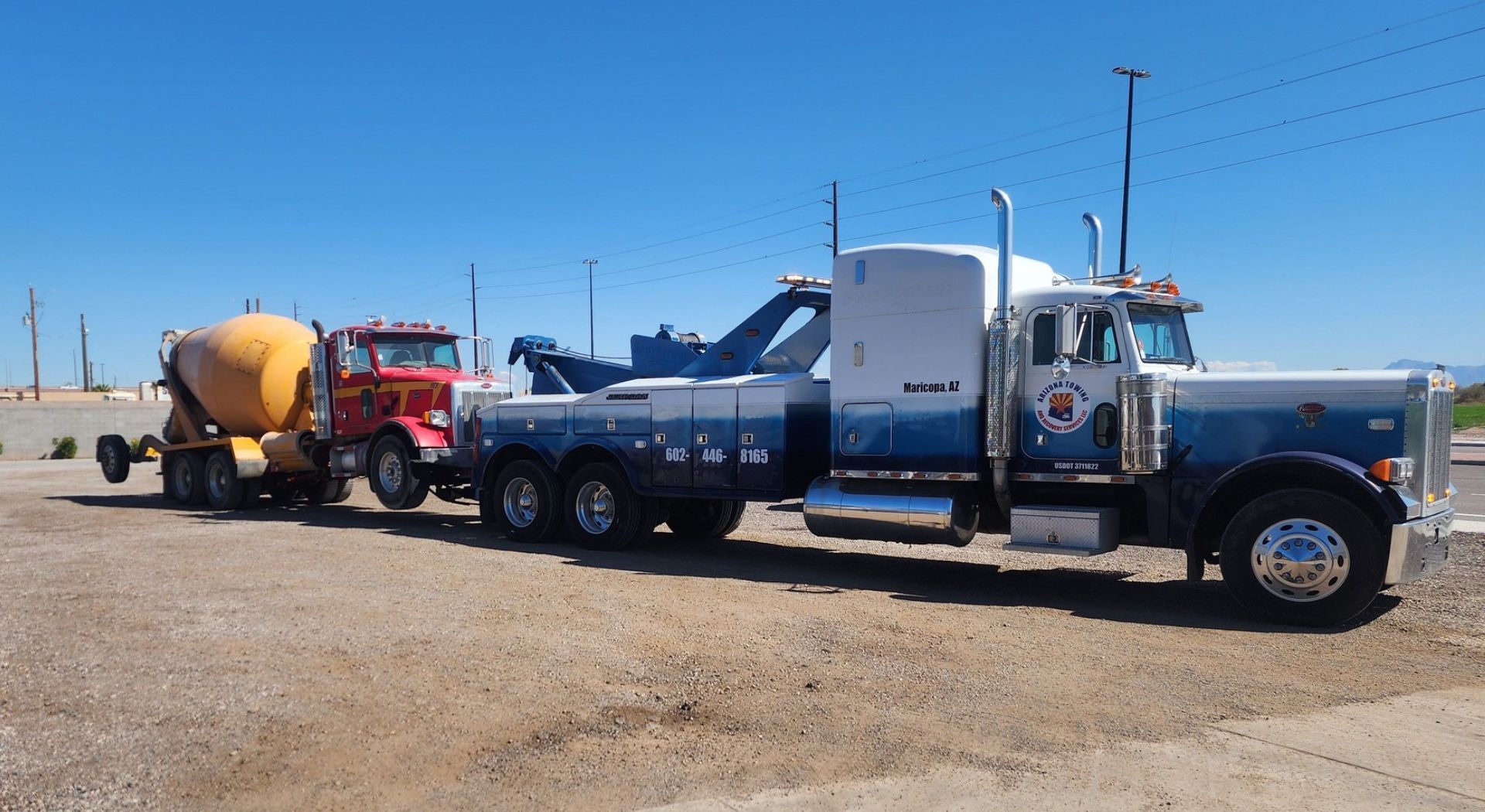Flat Tire on the Highway? Here’s What to Do First


A flat tire can happen at the worst possible moment. Maybe your travel is screeched to a halt during your morning commute, a family road trip, or a late-night drive home. While it happens to everyone, a flat on the highway can be stressful and even dangerous if you’re not prepared. Knowing the right steps to take can keep you safe, prevent further damage to your car, and make the process of getting help much easier.
Here’s a detailed guide on what to do first if you experience a flat tire on the highway, with tips specifically for drivers in Arizona.
1. Stay Calm and Keep Control
The first and most important step is to remain calm. Panicking can lead to sudden swerving or slamming on the brakes, which increases the risk of losing control of your vehicle.
If your tire suddenly blows out, hold the steering wheel firmly and slowly ease off the accelerator. Avoid abrupt movements. Your goal is to maintain control while gradually slowing down so you can safely reach a shoulder or exit ramp.
Highway blowouts can cause the vehicle to pull to one side, especially if a front tire goes flat. Steering gently in the direction you want to go and resisting the urge to jerk the wheel can make a big difference in staying safe.
2. Pull Over Safely
Once you’ve slowed down, find a safe location to pull over. Look for:
- A wide shoulder or breakdown lane
- An exit ramp where traffic is lighter
- A parking area, if nearby
If possible, move as far away from moving traffic as you can. In Arizona, highways like I-10 and the 347 can have long stretches with narrow shoulders, so every foot of distance counts.
Angle your wheels away from traffic when stopped. This prevents your vehicle from rolling into the lane if it starts sliding on loose gravel or sand. If you can’t pull completely off the road, ensure your hazard lights are on to make your vehicle as visible as possible to other drivers.
3. Use Hazard Signals and Safety Gear
Once you’ve pulled over, turn on your hazard lights immediately. Hazard lights are the most effective way to alert other drivers that your vehicle is stopped. Staying in your car with your seatbelt on is often the safest choice, especially on busy highways, if you don’t have the tools to change your tire yourself or if it’s unsafe. Keep your doors closed as much as possible, and avoid standing near moving traffic.
4. Know When NOT to Change a Tire Yourself
Changing a tire on the highway can be risky, especially if traffic is heavy or the shoulder is narrow. Even experienced drivers can be caught off guard by speeding vehicles.
If the shoulder is wide, traffic is light, and you have the proper tools (jack, lug wrench, gloves, flashlight), it may be possible to change a tire yourself. But in many cases, calling a professional roadside assistance service is the safest choice.
Trying to remove a tire without proper safety measures can result in injury or accidents. Your safety is the priority, not the speed of changing the tire.
5. Call for Professional Help
If a jumpstart or tire change isn’t feasible, professional assistance is the next best option. Roadside service providers can:
- Replace your flat tire on the spot
- Tow your vehicle safely to a nearby repair shop
- Offer guidance while you wait
At Arizona Towing and Recovery Services LLC, we’re ready to respond quickly to help drivers get out of dangerous situations. Whether your flat tire can be replaced immediately or requires a tow, our team ensures your safety and convenience. You can contact 24/7 at (602) 446-8165.
6. Common Causes of Flat Tires in Arizona
Understanding why flats happen can help prevent future breakdowns. Some common causes in Arizona include:
- Heat + Underinflation: High temperatures can increase air pressure inside tires, causing blowouts if they are underinflated.
- Road Debris: Nails, screws, and other debris can puncture tires.
- Potholes and Rough Roads: Hitting a pothole or uneven pavement at highway speeds can damage tires.
- Dry Rot: Tires exposed to intense sun over time can crack and weaken.
Regular inspections, proper tire inflation, and rotating tires can reduce your risk of flats.
7. Spare Tire Basics
Most vehicles come with either a full-size spare or a smaller “donut” spare. Here’s what you should know:
- Donut Spares: These are temporary tires designed for short distances at lower speeds. Usually, you should not drive more than 50 miles or faster than 50 mph.
- Full-Size Spares: These function like your regular tires and can be driven normally until a permanent replacement is installed.
Not all modern vehicles have spares, so it’s important to check your trunk and know what your car has. Carrying a basic tire repair kit can also help in minor situations.
8. What NOT to Do During a Flat Tire
To stay safe, avoid these common mistakes:
- Slamming the brakes — can cause loss of control
- Swerving suddenly — increases rollover or collision risk
- Driving long distances on a flat — can damage your rim, suspension, or brake lines
- Ignoring warning signs — flickering dashboard lights or unusual noises often indicate tire issues before a blowout
9. FAQs
Can I drive to the next exit with a flat tire?
Short distances may be possible with very low speed, but it’s risky. If you can’t safely reach a shoulder, call for roadside assistance immediately.
How long does a tire change usually take?
A professional can typically replace a flat tire in 15–30 minutes, depending on traffic and conditions.
Should I repair or replace a flat tire?
It depends on the damage. Small punctures in the tread may be repairable, but sidewall damage usually requires replacement.
Final Thoughts
A flat tire on the highway is stressful, but knowing how to react can keep you safe and prevent further damage. Remember these key steps: stay calm, pull over safely, use hazard signals, and call for professional help if needed.
At Arizona Towing and Recovery Services, we’re here to assist with jumpstarts, tire changes, or towing to a trusted auto repair shop. You don’t have to face highway breakdowns alone help is just a call away.
Other Blogs You May Be Interested In
Stranded or Need Help Fast?
Don’t Wait – Call Now for 24/7 towing and roadside assistance.




